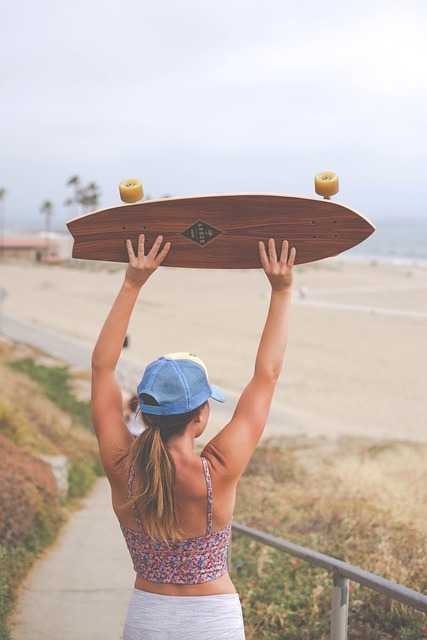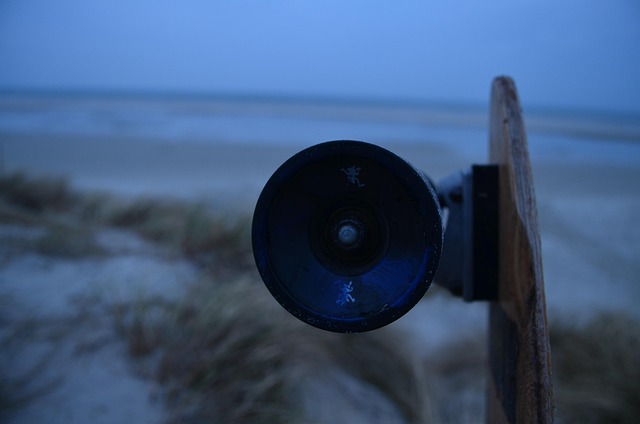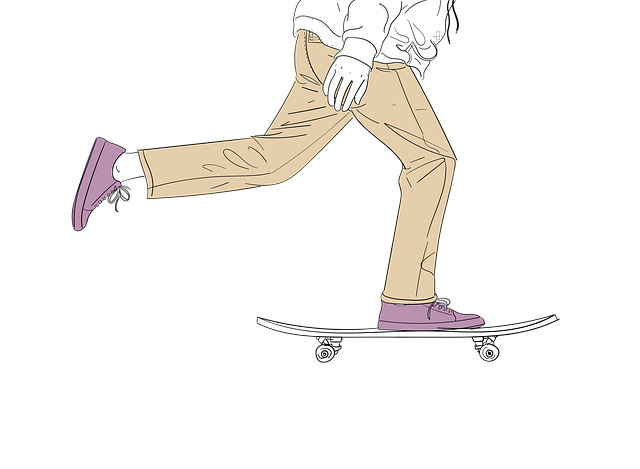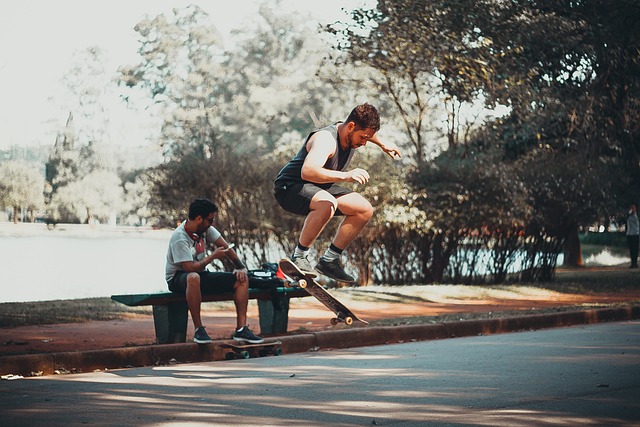Longboarding is an art that requires balance, momentum, and a connection with your board. For beginners, choosing the right setup is key – opt for versatile, stable boards with larger wheels and softer bushings for smooth rides. Longer (90-108 cm) drop-through decks lower the rider's center of gravity, enhancing maneuverability and comfort. Safety gear like helmets, knee pads, and elbow pads is essential. Beginners should focus on balance and speed control, starting on flat surfaces before progressing to inclines. Versatile boards designed for both smooth streets and off-road trails are ideal. Building endurance through gradual mileage increase, cardio, strength training, and recovery is crucial. Advanced tricks like ollies, pop shuvits, and flips can be learned with patience and practice.
Longboard riding is an exhilarating adventure, designed for those who crave extended excursions on wheels. If you’re a beginner, understanding this sport’s fundamentals is key to a rewarding experience. This guide caters specifically to longboard novices, covering everything from choosing the perfect board and essential safety gear to mastering balance, navigating diverse terrains, building endurance, and even advanced tricks. Get ready to embark on your first ride with confidence!
Understanding Longboard Riding: A Beginner's Perspective

Longboard riding, especially for beginners, is an art that combines balance, momentum, and a deep connection with the board. It’s more than just cruising down the street; it’s about experiencing the freedom and flow that comes with gliding across the pavement. For newcomers to this sport, understanding the fundamentals of longboarding is key to enjoying the journey ahead.
A longboard for beginners should be designed with versatility and stability in mind. Look for boards with larger wheels and softer bushings, which offer a smoother ride and make it easier to maintain speed and control during longer rides. The shape of the board also plays a role; drop-down decks provide a lower center of gravity, making them more stable at higher speeds. With the right setup, beginners can focus on learning techniques like carving, where you turn the board by leaning into the curve, and pushing, which propels you forward in a smooth, fluid motion.
Choosing the Right Longboard for Your First Ride

When embarking on your first longboard ride, selecting the appropriate board is key to a positive and enjoyable experience. For beginners, it’s advisable to opt for a longer board, typically ranging from 90 to 108 centimetres, as these offer stability and an easier learning curve. Look for boards with larger wheels, as they provide smoother rides and better control over various terrains.
Consider a drop-through or drop-down design, which places the rider lower to the ground, making it more accessible for new riders. These designs also enhance maneuverability and allow for a more relaxed stance, reducing fatigue during extended rides. Remember, the right longboard for beginners should be durable, easy to control, and designed with comfort in mind—ensuring you have a fantastic introduction to the world of longboarding.
Essential Safety Gear for Longboarders

For longboarders, especially those new to the sport, prioritizing safety should be at the forefront of their priorities when preparing for a ride. Essential safety gear is non-negotiable and plays a crucial role in preventing injuries and enhancing the overall experience. For beginners, a well-fitted helmet is imperative; it acts as a shield against potential head traumas. Additionally, knee and elbow pads offer vital protection during tumbles or unexpected stops. These basic yet essential gear items are often overlooked but can make a significant difference in longboarders’ confidence and safety.
Beyond the basics, considering gloves and protective clothing can further safeguard riders from scrapes, cuts, and cold weather injuries. Many beginners might be tempted to skip these, but they contribute to a more comfortable and secure riding experience, especially during longer journeys. For instance, waterproof gloves can prevent hand numbness and enhance grip, while reflective clothing increases visibility for both the rider and motorists, making it an essential addition to any longboarder’s kit, especially when navigating urban areas at night.
Master the Basics: Techniques for Balance and Speed Control

For those new to longboarding, mastering the basics is key to enjoying longer rides with confidence. One crucial technique is achieving and maintaining balance. This involves keeping your center of gravity low by bending your knees slightly and maintaining a relaxed yet alert posture. Practice riding in a straight line, focusing on balancing over the board’s platform without leaning too heavily in any direction.
Speed control is another fundamental skill to learn. As with balance, it’s about gradual adjustments rather than abrupt movements. Use your feet to nudge forward or backward on the board, gently applying pressure to slow down or accelerate. This subtle manipulation will help you navigate turns, stop smoothly, and maintain control during longer rides. Start on flat surfaces and gradually progress to slightly inclined paths as you become more comfortable with these techniques.
Navigating Different Terrains: From Smooth Pavements to Off-Road Trails

When considering a longboard for beginners, understanding how your board handles different terrains is key. For those just starting out, smooth pavements offer an ideal training ground to get comfortable with carving turns and building speed control. Many longboards designed for beginners feature drop-down or drop-through deck shapes that lower the rider’s center of gravity, making it easier to maintain balance and stability at higher speeds.
Transitioning from pavement to off-road trails requires a board that can handle rougher terrain. Look for longboards with robust trucks and larger wheels designed for better shock absorption and traction on uneven surfaces. Off-road riding also demands greater control and maneuverability, so consider boards with stiffer deck constructions and precision-engineered trucks that enable precise turns and quick responses, making your longboard for beginners versatile enough to tackle both smooth streets and rugged trails.
Building Endurance: Tips for Longer Rides without Fatigue

Building endurance for longer rides is a crucial aspect, especially for those new to the world of longboarding. Starting with shorter distances and gradually increasing your mileage can help your body adapt. Incorporate regular off-board exercises like cardio workouts and strength training into your routine; this enhances overall fitness, making it easier to tackle extended journeys.
Remember, proper rest and recovery are vital too. Listen to your body, ensuring you get adequate sleep and nutrition. With time, you’ll build the stamina needed for longer rides without fatigue, allowing you to enjoy the thrill of cruising on your longboard with ease and confidence, catering perfectly to beginners looking to explore this exciting activity.
Advanced Tricks and Stunts to Enhance Your Longboarding Experience

For longboarders looking to take their skills to the next level, learning advanced tricks and stunts can greatly enhance the experience. Starting with foundational techniques like ollies, pop shuvits, and kickflips is essential for beginners. Once mastered, these tricks open up a world of possibilities, allowing riders to navigate transitions, grind rails, and even pull off complex flips during longer rides.
As you progress, incorporating advanced maneuvers such as 360s, heelflips, and variations of the above tricks will not only impress fellow longboarders but also add an exciting dimension to your journey. These skills require practice and patience but offer a sense of accomplishment that makes longboarding even more enjoyable. Remember, safety gear is crucial when attempting these advanced tricks, especially during speedier rides designed for longer distances.
